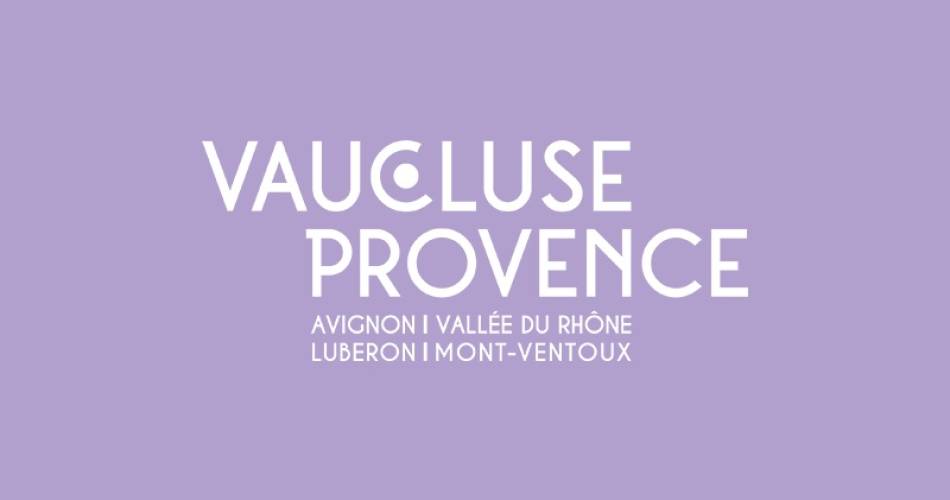- Sponsors Website Of Facebook
- Sponsors Website Of Government
- Sponsors Website Of Usa
- Sponsors Website Of Secretary Of State
This info is already available in the public domain. Certainly not at once place and it will be very to collect this information manually. We collected it from different sources and with the help of tools, methods, and technologies. We would like to thank our team's sponsors for all they do for our team. LELLA MILANO is a brand that today has grown into a company with a name that is synonymous with quality! One of the founders and a true protagonist of the brand / company is Antonella Bossi Bernasconi (who along with Flavio Chiti, who is also the administrator), makes her first tentative steps towards becoming a professional stylist in 1984 by working in the family salon.
Typically found in the “About Us” section of a nonprofit website, a partners page is a way to acknowledge your collaborators, sponsors and important funders. A partners page also presents an opportunity to build the credibility of your organization by featuring third party endorsements and the impact of working together to get to your goals.
Whether you’re celebrating your nonprofit’s VIPs or recruiting new ones (or both!), these seven tips will help you create an effective partners page. You’ll also find examples of partner pages from real nonprofits to see what they look like in action and get your creative juices flowing.
Looking for a powerful nonprofit website with all of the features and helpful advice you need to grow? Check out our platform ›
Include Names and Logos
Let’s be honest, some logos are more readable and recognizable than others and not all of them are going to be from well-known companies and organizations. Including your partner’s full name in addition to their logo is a nice touch if the layout or size of the logos makes them hard to read.
Link Externally to Their Website
Link the logo and/or name to an appropriate place on their website. Not only is this a good practice for relationship building, but it can also factor into your link building efforts for search engine optimization if the partner or funder reciprocates in a meaningful way.
Describe the Relationship
Depending on the number of partners on your page, include a short synopsis of the relationship and how they support you or are involved in helping you work toward your mission. Some groups take one more step and give each collaborator their own profile page. Another option is to group the partners by categories, like Event Sponsors, and briefly outline what their support means more generally.
Quote Their Leadership
Putting together a partner profile is an excellent reason to touch base with a partner. Ask for a short quote you can use on your website as a way to showcase the relationship and their impact. As we talk about in our content rules, sometimes it’s best to let others do the talking!
Link Internally to Related Content
If a partnership is closely tied to a specific program, take the opportunity to link to it here and drive traffic to other parts of your site. If someone landed on this page through a search for your partner (and not you), now you have a chance to convert someone new into a supporter!


Get (Visually) Organized
While having all of the above content would make for an engaging page, sometimes all you have time for is a list of logos that are linked to partner websites. If that’s the case, invest your energy in creating a nice grid or table that displays high-quality logos in uniform sizes and spacing with links to partner websites.
Promote a Partners Program
If you have a program for Corporate Partners and other categories of collaborators (like schools or service groups), this is a great place to tell the world about how it works AND celebrate the companies and organizations that have already stepped up to help. Describe the impact and benefits and be sure to include contact information for those curious about participating.
For nonprofits whose fundraising work is closely tied to partnerships, the partners page is often more about promotion than it is about acknowledgment. In this case, consider putting the page in a different part of the site, like “Ways to Get Involved,” or build out an entire section devoted to partnerships. See how Heifer International does this in the example below.
Examples of Nonprofit Partner Pages
If you want to move beyond the grid of logos, here are five examples of partner pages from real nonprofits that you can use for inspiration.
United Way
The United Way does a great job managing a long list of partners by highlighting just a few at the top of the page and then offering a simple grid of company logos that are filterable by topic area as well as searchable. Hover over and click each logo to learn more about the partnership, including links to individual partner profiles.
Volunteers of America
The partners page for Volunteers of America builds on a list of company logos by adding short descriptions and links to profile pages as well as company websites. The page also features quotes from partners and a “Thank You to Our Partners” video.
ASPCA
After a quick promotion of the cause partnerships program, the ASPCA partner page offers a well-designed list of companies with their logos, a short description and links to related ASPCA programs and the company sites. The top of the page also offers a way to toggle between the list of partners and partner-related news pulled in from their blog.
Heifer International
Partners are so important to Heifer International that “Our Partners” is its own section of their website. The main page promotes the program first and offers the standard grid of logos. From there, you can head to another page of Partner Highlights that offers stories about individual partnerships with photos and videos as well as calls-to-action for the visitor to get involved, too.
Operation Warm

Like the previous example, Operation Warm has an entire section of their website dedicated to partners. The primary partners page describes the role of partnerships in the organization and then organizes and links partnerships by categories, like firefighters, corporate partners, Rotary Club partners, and media partners. The page for each partner category is full of gratitude, talks about the impact and offers information and encouragement for new people to participate.
Add a Partners Page
Adding a partner page to your nonprofit’s website can serve multiple goals:
Sponsors Website Of Facebook
- It’s a way to show appreciation for the organizations that make your work possible.
- It adds credibility to your cause by showcasing quality relationships with others.
- It can help recruit new partners and supporters.
Even if you only have a list of logos now, try building out the page by tackling one new piece of content this year. A partner page can be fleshed out over time, and each new piece of content you gather can turn into a nice reason to get in touch with a partner and say thanks.
Sponsors Website Of Government
What else do you want to know about partner pages? If you’ve been the partner organization, what types of web content make you feel appreciated? We’d love to hear from you in the comments.
Do you know what benefits event sponsors are looking for? Without that information driving your sponsorship proposal, it’s impossible to win the right sponsors in 2018 — and beyond.
Read on to discover five coveted sponsorship benefits you can offer to hook big brands.
Sponsorship benefit #1: Meaningful access to your event audience
Sponsors Website Of Usa
Sponsors want access to new and bigger target markets. The better you know your attendee demographics, the more you can prove that your event attendees are that target market.

The key is knowing what type of access to your attendees is going to be most compelling from sponsor to sponsor.
Tip: Dig deep into your attendee and event data to find meaningful ways sponsors can connect with your audience. The right activation will enhance your attendees’ experience of your event — which is a win/win/win scenario for you, your attendees, and your sponsors.
Sponsorship benefit #2: Exclusive market research into their target customer
Some companies go to extraordinary lengths to develop a comprehensive profile of their ideal customer. Lucky for you, you’re sitting on a goldmine of industry-exclusive data that the right brands would love to get their hands on.
From demographics and firmographics to purchase behavior, your insight into their target audience can influence a sponsor’s business strategy and pave the road to success.
Tip: Consider offering sponsors the opportunity to add some key marketing questions (ones they really want the answers to) in your next follow up survey. Or, create focus groups with willing event-goers, so they can get the granular data on their target market they’re looking for.
Sponsorship benefit #3: Influence that other forms of advertising can’t buy
It may sound heartless, but sponsorship is not philanthropy. And it’s certainly not the same as advertising. Savvy sponsors expect you to wield your event’s in-person influence to give them a warm introduction to your event audience. They’re willing to pay for opportunities that create a much deeper connection to their brand than online advertising does.
Tip: When assessing a potential sponsor’s needs, consider how you’ll increase the likelihood that your audience will take action and achieve the intended outcome. Remember: you are the gatekeeper to your sponsor’s target customers. A recommendation from you is much more powerful than other marketing channels.
Sponsorship benefit #4: Measurable outcomes over promises
Sponsors have outcomes they’re seeking to achieve, like increased brand exposure or new customer acquisition. No matter the outcome, they’ll want to measure every aspect of their sponsorship to ensure they’re on track.
Tip: Make sure your proposal explains how their sponsorship will achieve their specific objective. Don’t just assume they’ll make the connection themselves. If their goal is to increase their brand awareness, don’t just say where you’ll showcase their brand. Instead, detail how you’ll track social mentions, measure on-site engagement, and track brand preference post-event so they’ll get results.
Sponsorship benefit #5: A compelling return on investment
Brands will not invest in a sponsorship opportunity unless they think they’ll gain a return on investment (ROI). Some companies have an ROI ratio that they use. 4:1, for example, is a fairly common one, and it means that a sponsor would want to make four times the value of their investment in order to justify the marketing spend.
Tip:Use surveys and focus groups to establish initial benchmarks of how well a sponsor’s brand is perceived by your attendees. Use this data to help your sponsors set goals for improvement post-event, and then retest the same metrics after the event.
More expert advice on increasing sponsorship revenue
Eager to learn what it takes to win event sponsors in today’s competitive market? Read The DNA of Relationship-Based Event Sponsorship. You’ll learn how and why your sponsorship strategy might be leaving money on the table — and causing you to miss out on bigger and better opportunities.
Sponsors Website Of Secretary Of State
- Was this article helpful?

